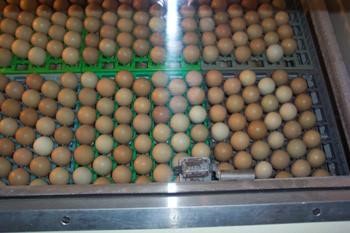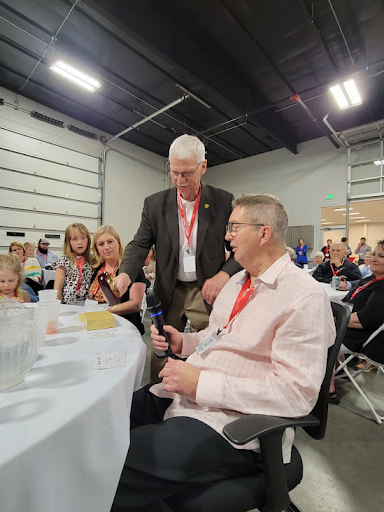How Do You Control Ragweed In Flight Pens?
 Ground cover in our flight pens at MacFarlane Pheasants is needed to provide shade in the summer from the sun, protect our birds from storms, and provide something to pick at so birds don’t pick at each other. Pheasants can be injured if they don’t have enough space or cover to escape a more aggressive bird. Ragweed, a North American plant from the daisy family, is a type of cover that can cause lots of extra work in our flight pens.
Ground cover in our flight pens at MacFarlane Pheasants is needed to provide shade in the summer from the sun, protect our birds from storms, and provide something to pick at so birds don’t pick at each other. Pheasants can be injured if they don’t have enough space or cover to escape a more aggressive bird. Ragweed, a North American plant from the daisy family, is a type of cover that can cause lots of extra work in our flight pens.
Ragweed can be left to provide early season cover in the pens. However, it grows, proliferates and gets so tall that it can put tension on the nets. This fast-growing weed can grow through the netting and pull off the rings that secure the net to the pen. Ragweed will also out-compete the other cover by shading it, stunting its growth, or killing it. Ragweed also dies in late July or early August. In winter, it provides little cover if you have birds in the flight pens that long. Lambs quarter, corn, and milo are ideal cover for your flight pens. We don’t want ragweed to destroy these better types of cover!
Methods To Control Ragweed
Physical – Physical control includes pulling, cutting, and mowing, and it is our primary method for controlling ragweed. When ragweed is young, we can walk the pens and pull the weed out. But though the technique is effective, it is time-consuming. It is quicker to simply cut the head off the ragweed with clippers, a machete, or a hedge trimmer. In pens with a significant ragweed problem, we mow with a brush hog set below the ragweed height but above the cover height. This intervention gives our other forms of cover a chance to outgrow the ragweed. The essential factor in controlling the ragweed is ensuring it doesn’t mature and go to seed.
Chemical– Chemical control consists of spraying 2, 4-D amine, or Round-Up. 2,4-D only kills broadleaf plants, not grasses. We will spray the perimeter of our flight pens as cover emerges to allow grass walkways around the perimeter of the pens. The clear edge, around the pens, gives birds an open space to dust and sun themselves. It only takes one application before the birds are placed. Round-Up will kill any plant it touches, and we only use it for spot applications where ragweed and our cover are the same height and we can’t get a mower in.
These methods, and preventing ragweed from maturing to seed, reduce ragweed for the next year, allowing our “good” cover and our beautiful pheasants to flourish!
Related Posts
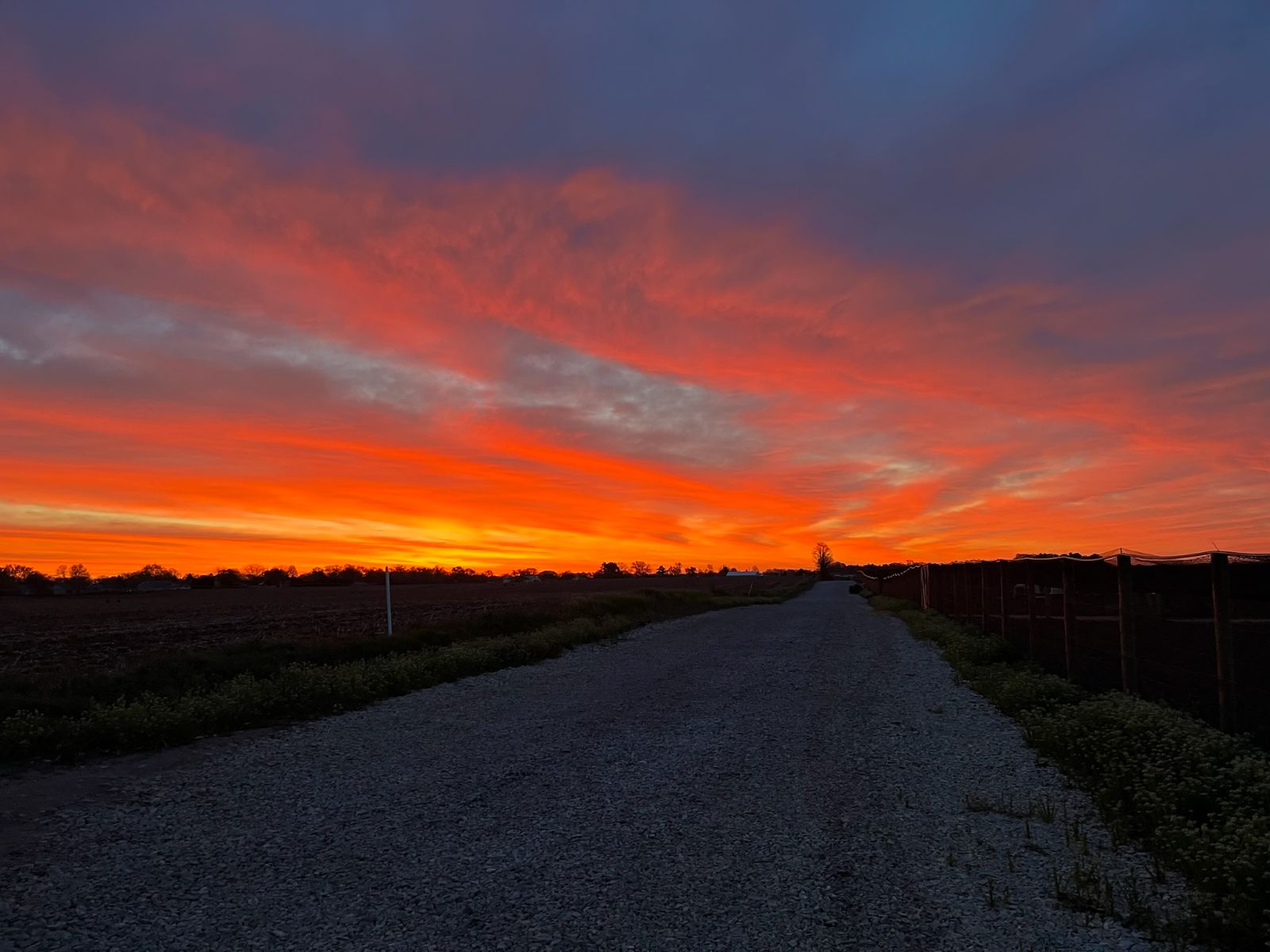
A Journey of Expansion: Jim Clark’s Legacy & Our New 16 Acres of Pheasant Pens
Read Post
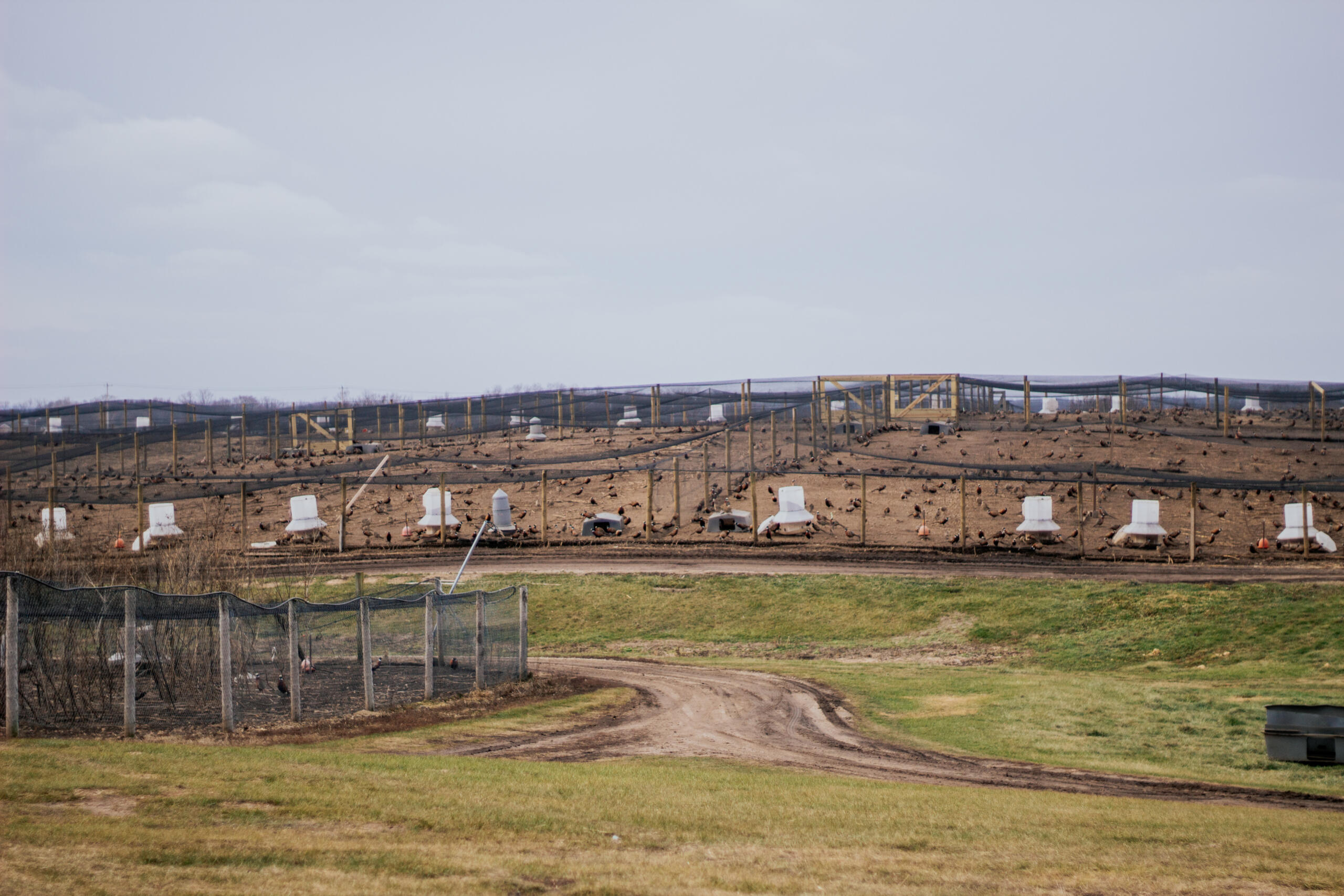
Preparing Our Barns & Pens Each Spring
Read Post
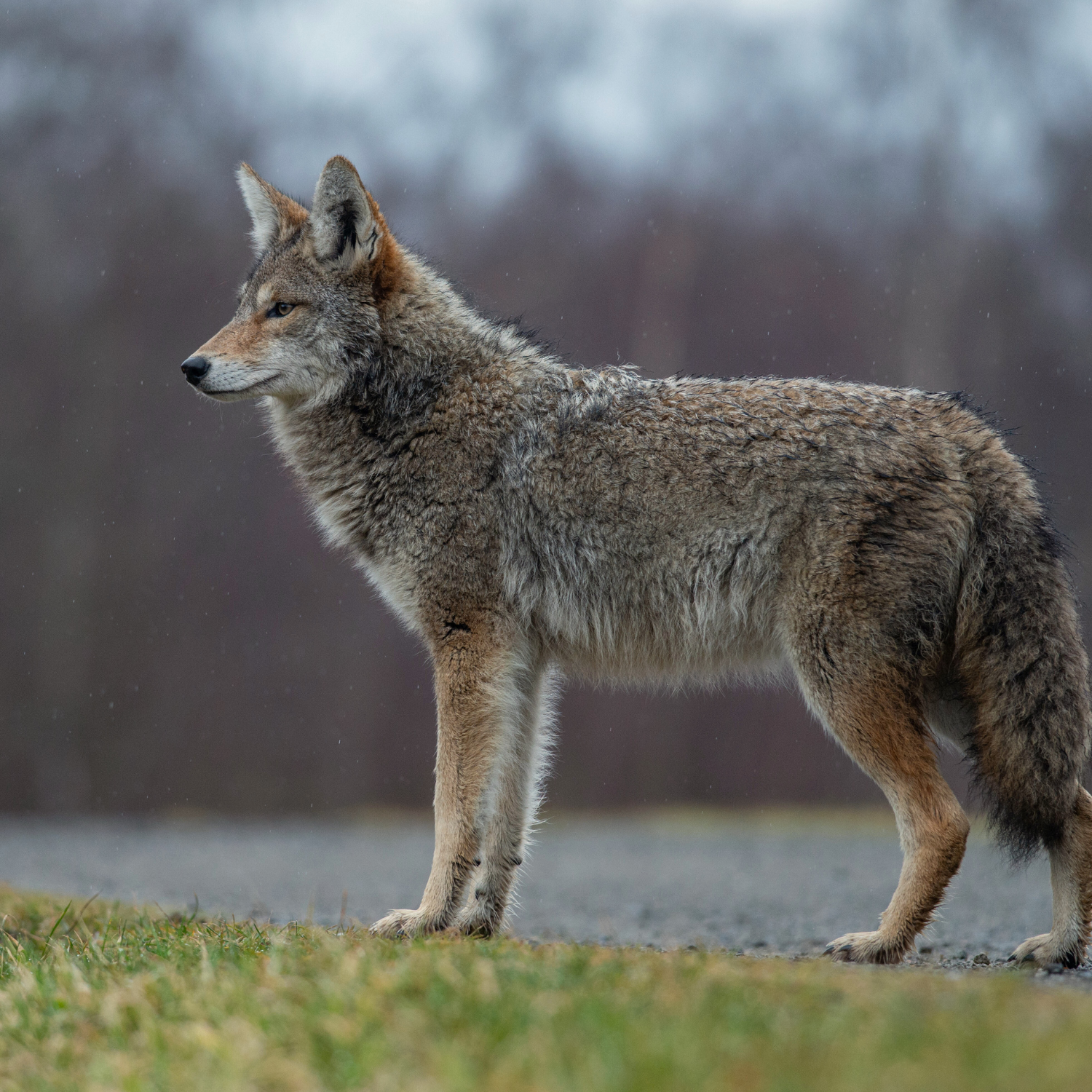
A Pheasant Farm’s Most Wanted List
Read Post
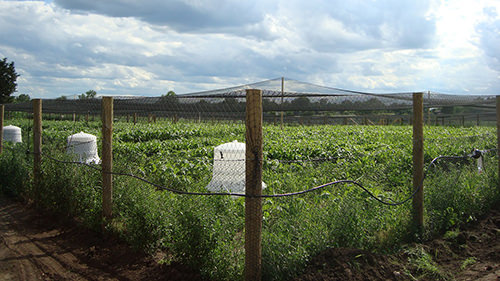
Cover Management in Flight Pens
Read Post
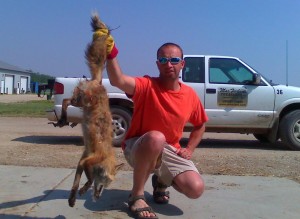
Thieves in the Night
Read Post
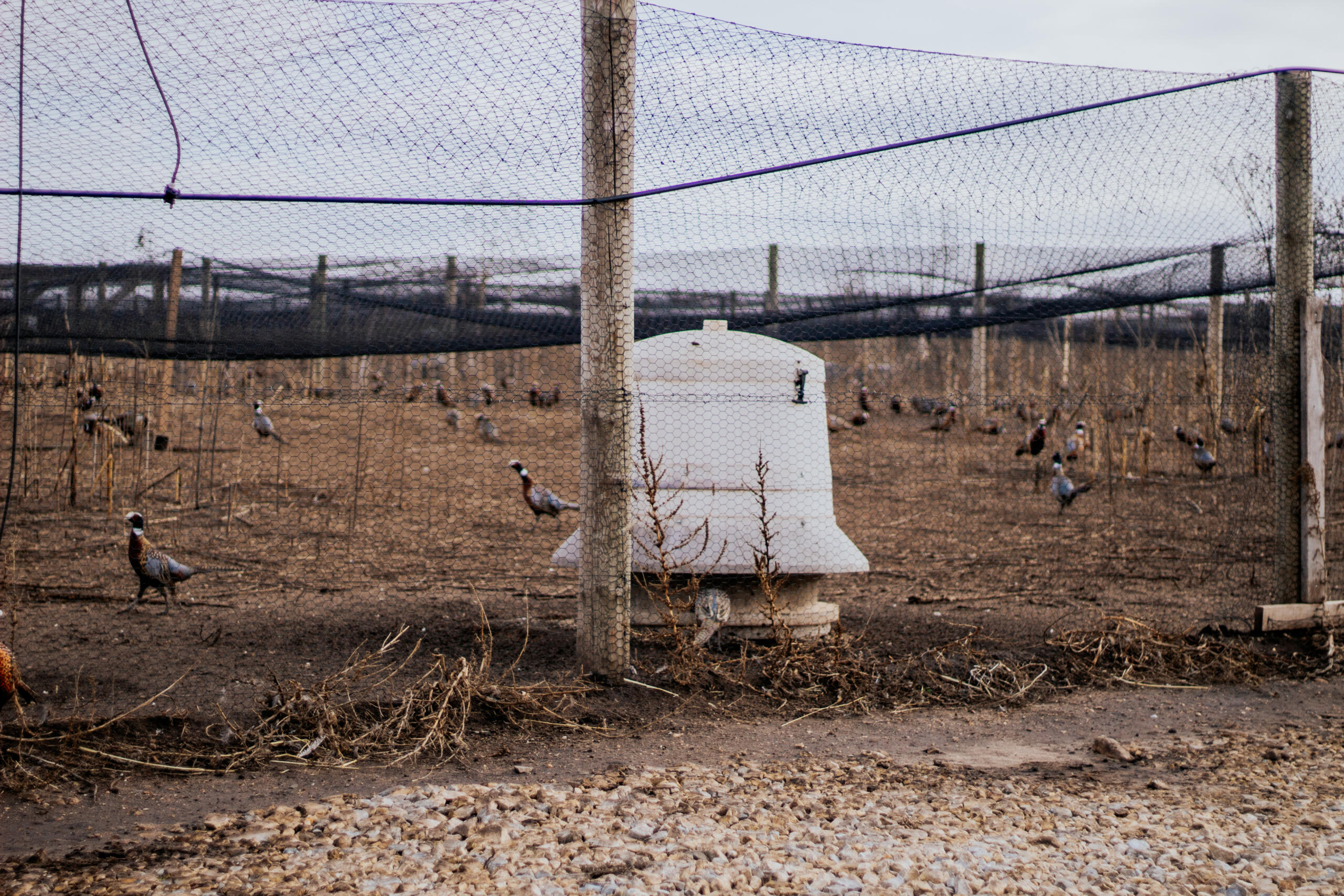
Fixing Feeder Issues in The Outside Pens
Read Post
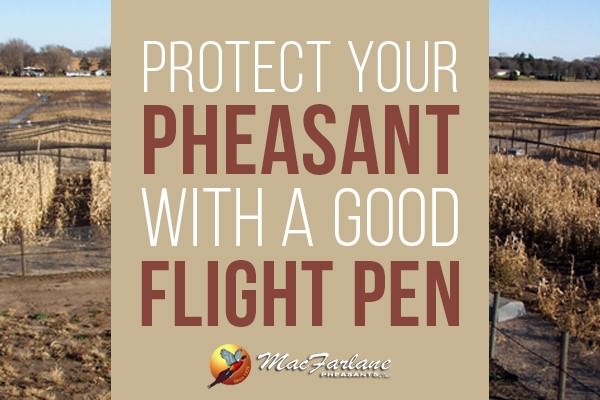
Flight Pen Mortality Protection
Read Post
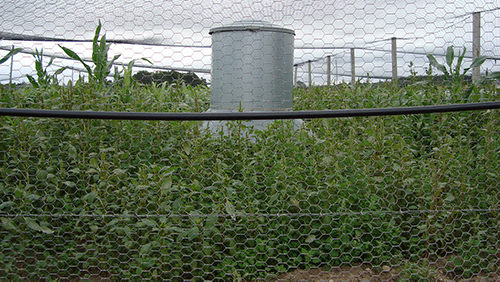
How To Construct Durable Pheasant Flight Pens
Read Post
Take Advantage of These Free Resources
As the biggest game bird farm in the United States, we want to share our experience with you. Download our free resources below and get started.

